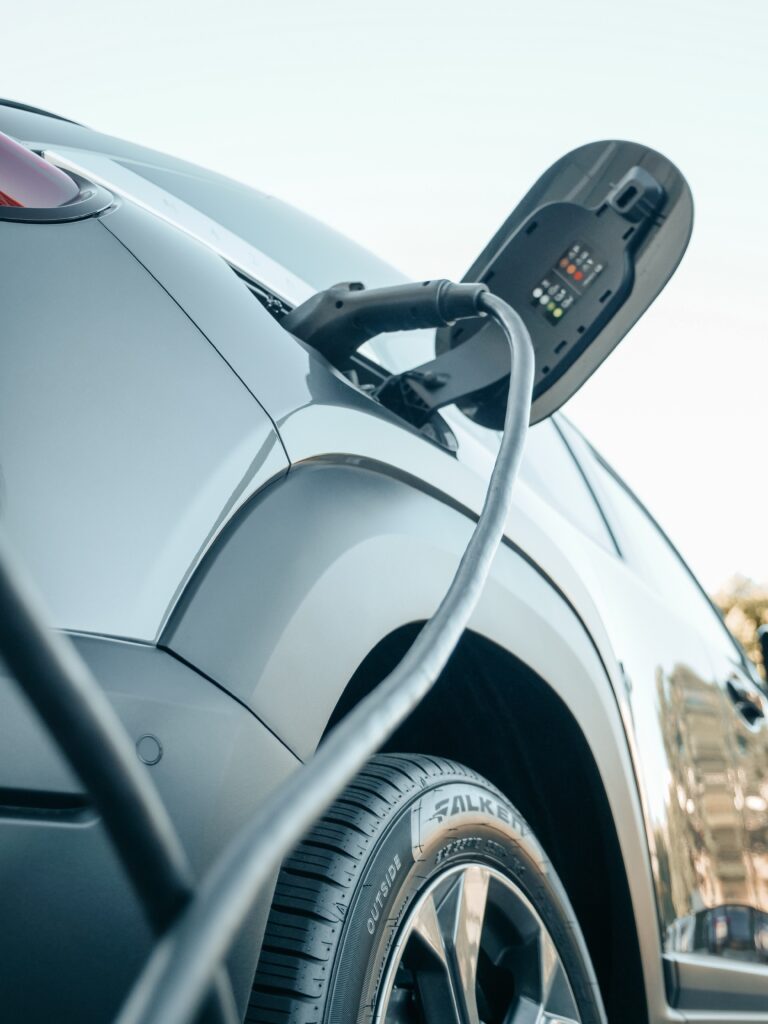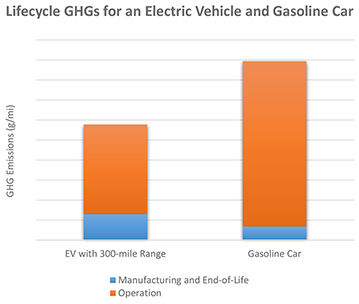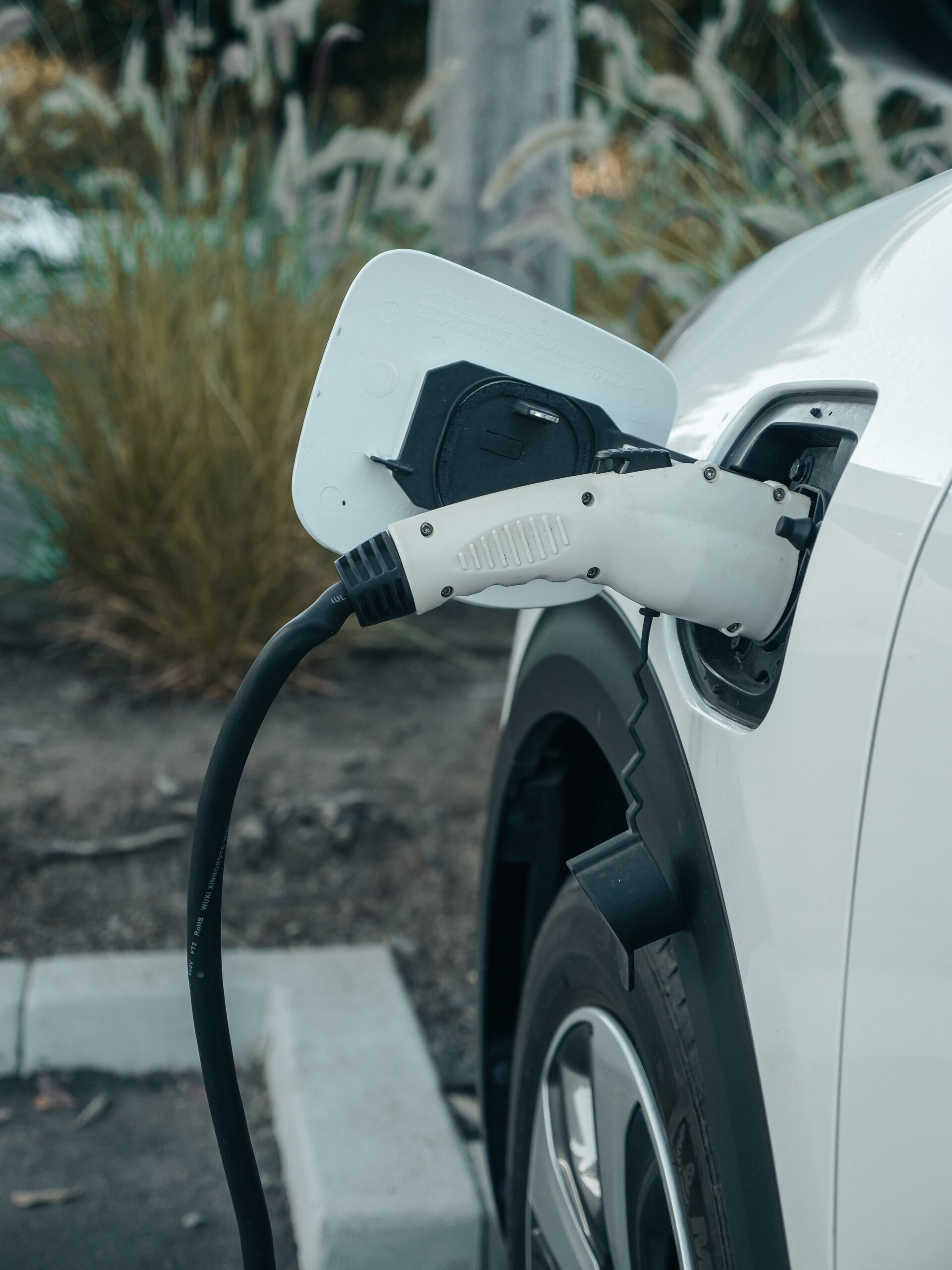When it comes to our individual carbon footprint, and global emissions in general, there is no getting around that transportation is a bit of a hot potato. Of global CO2 emissions in 2020, the transportation sector accounted for 24% of emitted Co2, this sector actually emitted 7.3 billion metric tons of CO2 in 2020. If we split the transportation sector up into smaller bits we can see that as of that year, 3% of that was caused by railways, another 3% by 2/3 wheelers, 5% by light commercial vehicles, 7% by buses/minibuses, 8% was aviation, 11% was shipping, 22% was medium and heavy trucks and lastly, the remaining 41% was caused by passenger cars (Subsector, 2021). Moreover, these statistic does not take manufacturing vehicles into account. And most people know that cars pollute a lot, it is such a well-known fact that more eco-friendly options are popping up everywhere (no sadly I am sadly not talking about a reinvention and optimization of the public transportation systems), I am talking about electric cars.
But are they a more sustainable alternative, let’s find out.
The difference between a petrol-powered car and an electric car
Firstly, I think I want to start this out by explaining the differences between a car that runs on fossil fuels and an electric car, just so we are all on the same page. Now, I am neither an engineer, nor a mechanic, so if you have more extensive knowledge about this subject, you are more than welcome to share it with the group.
The fundamental difference between a car that runs on petrol, or diesel, and an electric car has to do with the process of transforming the potential energy into kinetic energy, which creates movement aka makes the car run. Cars that run on fossil fuels are reliant on thermodynamics, here the energy is stored in chemical form, in the petrol, and is released through a chemical reaction inside the engine. The engine in a fossil-fuel-powered car consists of a fixed cylinder and a moving piston, and the expanding gases from burning the fuel move the piston, which then rotates the crankshaft, and through a system of gears in the powertrain, the wheels ultimately move. This is how petrol is converted into kinetic energy (Vehicle Technologies Office, 2013).
When running an electric car, an electrochemical reaction takes place without a combustion reaction, but rather through lithium-ion batteries. There is no burning of fuel taking place, and thus no direct air pollution emitted while driving. The conversion of energy in electric cars is made by harnessing the electric magnetic forces that are generated when an electric current passes through a magnetic field. Think of how magnets react with each other depending on their north and south pole, the same principle applies here (Skoda Storyboard, 2018).
Also check out: The Environmental Impact of Cryptocurrency

Energy efficiency
So overall, studies find that electric cars are more efficient than fossil cars. Energy efficiency refers to the amount of energy from the fuel source that is converted into kinetic energy that makes the car move. Petrol-powered cars convert 17-21% of their fuels into vehicle movement, electric cars, on average converts 59-62% (Energy Sage, 2021). This means that there are way less wasted energy from driving an electric car. There are however some other aspects we should probably discuss.
Also check out: IS #TEAMSEAS ACTUALLY SUSTAINABLE? // the impact of ocean clean up projects
The impact of lithium-ion batteries
At 20 mg lithium per kg of Earth’s crust, lithium is the 25th most abundant element on the planet, it can be found in rocks and brines, but always in very low concentrations. So to gather enough lithium large masses of land has to be devoted to its production, and a lot of resources.
Australia and “the lithium triangle” in South America, consisting of Argentina, Chile and Bolivia dominate 80-90% of the world’s production (GreenTechMedia, 2020). Also, lithium batteries are not used solely in electric cars, but power most types of portable electronics, like laptops and cell phones as well. Just in 2016%, the production grew more than 16% over the previous year, and it has been growing steadily ever since. According to the Environmental Protection Agency (EPA), the US alone throws away more than three billion batteries each year (NS Energy, 2019). Lithium comes in really small concentrations, so at the South American brine sites, salty water is spread out over large surfaces to evaporate. They moved from pond to pond until the lithium can be separated from the brine. It is then processed into lithium chloride which is used in batteries. The problem is, these brine sites have taken land and water from natural areas and indigenous communities. Especially water is an issue here, as lithium production requires half a million gallons per ton. Lithium batteries also require other materials like nickel, graphite and cobalt, which have complicated supply chains which more often than not include forced child labour. When producing 1 ton of these rare earth elements (REE), 75 tons of acid waste is generated, and 1 ton of radioactive residues (You Matter, 2018).
But there is another issue with lithium batteries. As it is today, they don’t last forever. Actually, they have to be replaced every 10-15 years, which means that in about a decade we are going to see a massive boom in discarded batteries that very few manufacturers are taking responsibility for recycling. And recycling these batteries are not as simple as recycling household batteries, they are built more complex, bigger, and requires more resources to take them apart. Currently, a global average of about 5% of lithium batteries are being recycled (Anderson, Birmingham Centre for Strategic Elements and Critical Materials, 2021). The amount of e-waste generated from consumers swapping out their car to go electric is going to have a huge impact because one of the most utilised ways of dealing with e-waste today is either by throwing it into a hole in the ground, or sending it to countries which basically no safe labour restrictions – which is not only going to impact workers, but also the environment.
By 2030 it is estimated that there will be 145 million electric cars on the roads, in 2020 Europe registered about 6.8 million, so they are really depending on a huge increase, which will have a production impact we don’t quite understand yet.

The energy source
Now I stated previously that electric cars do not emit any CO2 while driving and that is true, aha, no burning, and no combustion, clever eh? However, the energy-related impact of electric cars is entirely dependent on where the cars get their electricity – where the electricity that charges the battery comes from. As such, it is definitely more sustainable to be driving an electric car in some places in the world, while in other places it makes functionally no difference.
In the US about 62% of the energy production from comes fossil fuels. So when you plug in your car, that energy is derived from the same source that you tried to avoid when buying an electric car. Your car does not emit CO2 when driving, however, that CO2 was emitted prior to the energy charging your car. It is a different story in Iceland, where all energy comes from renewable sources, either hydro, geothermal, or solar (You Matter, 2018). As such, the origin of your local energy is absolutely something to take into consideration when deciding on a car.
Also check out: THE IMPACT OF LAWNS // environmental and cultural consequences of *grass* (yup)
City management
The UN forecasts that 68% of the world’s population will live in urban areas by 2050 (UN, 2018), as such sustainable city management will continue to be an important issue, and there won’t be any sustainable urban planning, without a wider inclusion of public transportation, for instance, many places in the US, where the cities are built for cars. This is going to be a central aspect of sustainable transportation – making public transportation much more easily accessible. However, as that is not the reality everywhere right now, every type of sharing economy is good and has a positive impact, like carpooling, or any arrangement where more people share a ride.
Also check out: SHOPPING ONLINE OR IN-STORE // what is more sustainable?
But is it more sustainable than petrol cars?
However, all the different lifecycle assessments and comparative reports I have seen reach the conclusion that electric cars, even when accounting for their initial footprint, batteries and manufacturing, are more eco-friendly than petrol cars. Compared, EVs have offset their initial impact, if driving on clean energy after 6-16 months in Europe, and 2 years in the US (Nealer, Reichmuth and Anair, 2015) And while the initial impact of manufacturing an EV is higher than that of a petrol car, the average impact during operation tends to be lower, but of course, this is massively affected by the source of the energy that runs the car. However in 2020 researchers found that in 95% of the world, an electric car will have a smaller impact (Knobloch, Hanssen, Lam, 2020). Even though there are absolutely still problems that need fixing, electric cars can be said to be more eco-friendly, under the correct circumstances. In conclusion, there is certainly potential, but the full outcome of sustainable EV is still many years away, and EVs also won’t fix the issues in the transportation sector alone

What we need from the transportation sector:
- Recycling materials, especially in the batteries
- Ethical sourcing of rare elements
- Ensured proper disposal of toxic waste
- The widespread availability of clean energy
- Sustainable city planning and access to public transportation
- The impact of asphalt and lacking green areas in the city
- Sustainable and low impact fuels
So what should you do with your car? Here are some suggestions:
- If you have a car that works, then don’t discard it to go and buy a new one, combustion or no combustion
- But if you have to buy a new car, buying an electric car, or even a hybrid can be a good idea
Overall, there is a lot of potential, however, an EV is not a one-way ticket to a sustainable life, it does not magically fix our carbon footprint and there is still a lot of work to be done, also, and especially by both the industry and the politics surrounding the transportation sector
Also check out: The Environmental Impact of Billionaires // space travel & “charity” donations
You can find the list of references and sources in the description of the YouTube video




